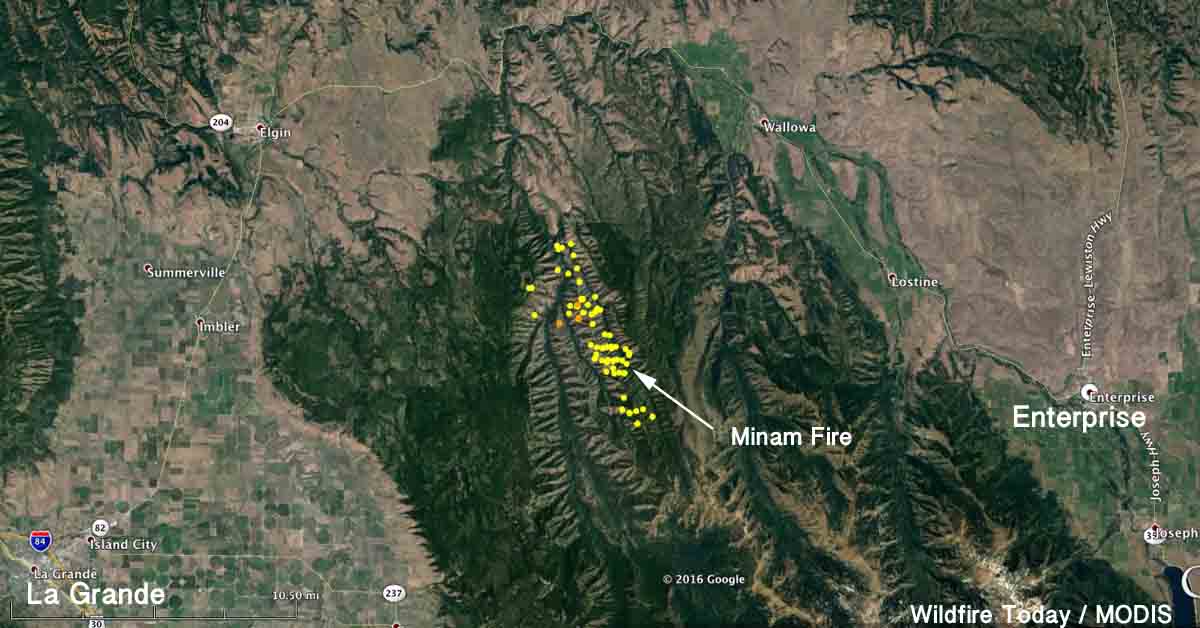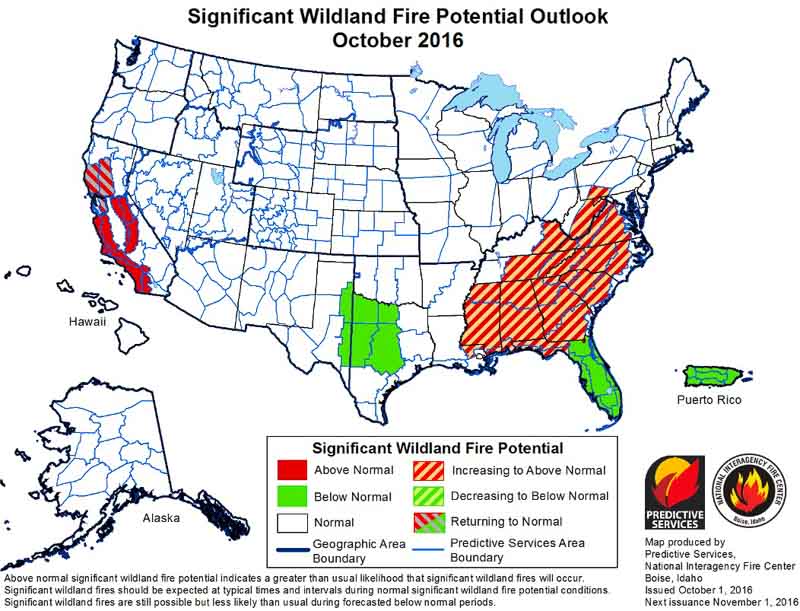Above: Map of the Beulah Hill Fire at 12:20 p.m. MDT October 5, 2016. Data from Colorado’s MultiMission Aircraft.
(UPDATED at 11:43 a.m. MDT October 6, 2016)
Data from Colorado’s MultiMission aircraft has produced the map above showing the perimeter of the Beulah Hill Fire southwest of Pueblo, Colorado. The incident management team added the completed vs. open fireline, showing that more half of the fire’s edge is contained. The latest size estimate is 5,232 acres.
Fire officials today announced that the preliminary cause of the Beulah Hill Fire was a Colorado Department of Transportation excavator performing routine drainage maintenance work. It was moving rocks with the bucket and that may have created sparks, or it could have been hot particles from the exhaust. Investigators eliminated all other possible causes.
Officials also announced at a 10:30 a.m. press conference today that the state will be awarding each homeowner whose house burned a $5,000 grant to assist with immediate expenses.
Evacuation orders have been lifted in some areas.
The MODIS satellite orbiting 438 miles overhead has not detected any large heat sources on the fire since it found one at 2:46 a.m. on October 5. But there are no doubt many small hot areas on the fire.
The yellow tape marks the point of origin for the #BeulahHillFire … This is the excavator the CDOT worker was using @KKTV11News pic.twitter.com/ec624gsLpC
— Kyla Galer (@kylagalerKKTV) October 6, 2016
****
(UPDATED at 10:47 a.m. MDT October 5, 2016)
As a result of better mapping, it has been determined that the Beulah Hill Fire has burned 4,848 acres 17 miles southwest of Pueblo, Colorado.
The number of structures burned has been revised to 8 homes and 16 outbuildings. Evacuations are still in effect for the Beulah area and approximately 200 homes still do not have electricity.
The Information Officer for the Type 2 incident management team that assumed command at 6 a.m. Wednesday announced Wednesday morning that firefighters have not achieved any containment (scroll down at the link) on the fire, saying it is at zero percent. The fire started early in the afternoon on Monday, October 1. In spite of the stated lack of containment the approximate number of personnel on the fire has decreased from 400 on Tuesday, to 340 on Wednesday (300 firefighters plus 30 to 40 overhead) over the last 24 hours according to the numbers provided over the last two days. Some incident management teams conflate the terms “contain” and “control”.
Other resources on the fire include 4 hand crews, 30 engines, 3 helicopters, 2 heavy air tankers, and 2 single engine air tankers.
Continue reading “Likely cause of Beulah Hill Fire in Colorado was an excavator”





